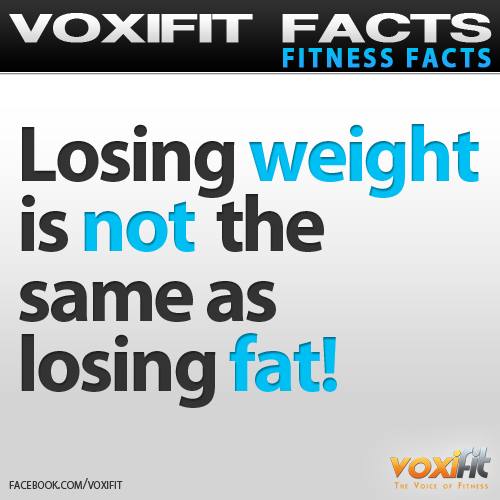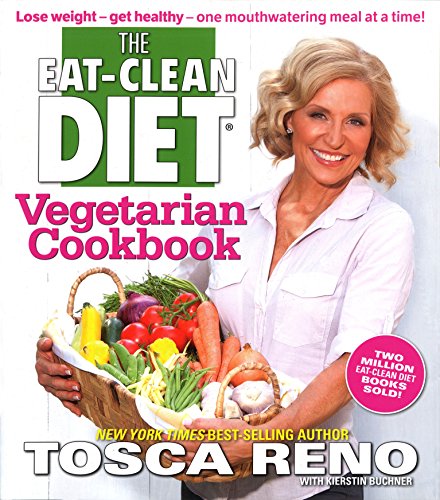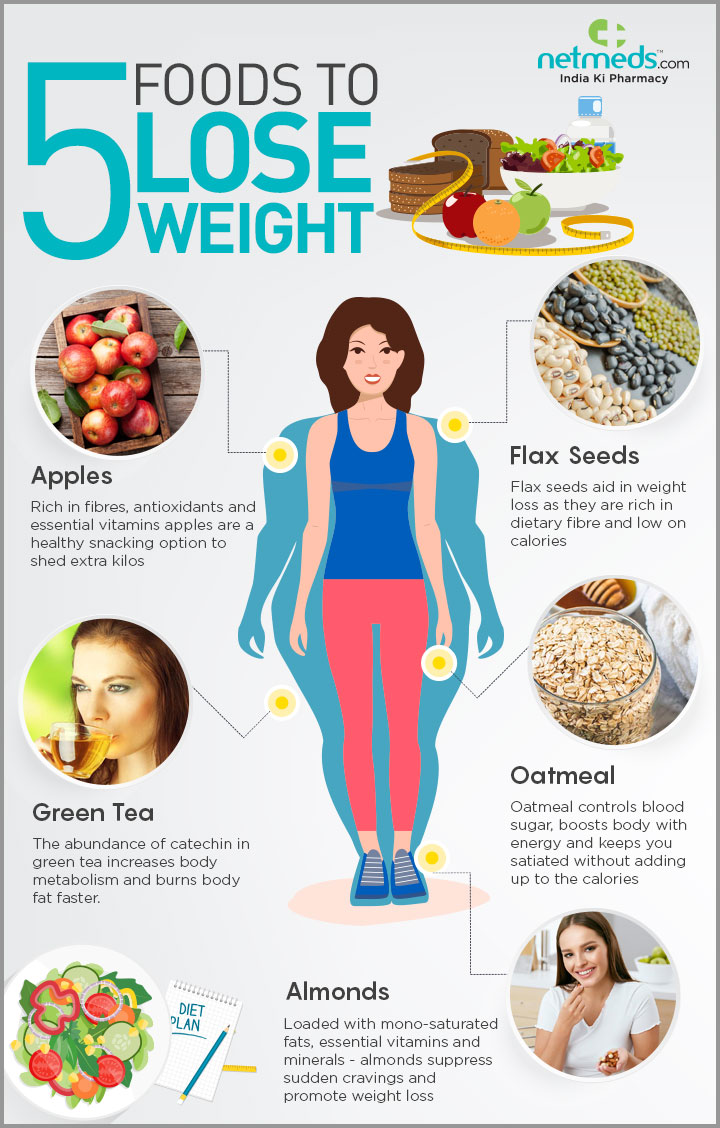
Healthy Eating Plate encourages Americans not to eat less fruit and vegetables than half of their plate. This will help reduce the risk of developing diabetes and heart disease. These foods are often not eaten enough by Americans, so it is important to eat a healthy diet. These suggestions will help you get going. Make your breakfast healthy by including whole grain, fruit, and protein. Avoid sugary and processed breakfast cereals.
Harvard Health Publishing (a research company) and Harvard School of Public Health developed the Healthy Eating Plate. This book provides an easy-to-understand guideline for healthy eating. For instance, try to include more fruits and vegetables at every meal. The idea is to increase the variety of fruits and vegetables in your diet. You can choose a wide variety of grains, such as whole wheat and brown rice, which are better than refined ones. These grains are good for some nutrients but lack fiber.

When it comes to protein, you should limit red meat. The Healthy Eating Plate recommends that you reduce the amount of red and processed meats you consume. Research has shown that eating red meat increases your risk of developing heart disease, diabetes, colon and other diseases, as well as weight gain. Instead, focus on poultry and fish for protein, and try to eat only 8 ounces of cooked seafood a week. This way you can get plenty protein without having to exert too much effort.
The Healthy Eating Plate is designed to encourage people not to eat refined grains but to eat whole grain foods. Why? Because whole grains are better for your health. Refined grains can cause your body to become sugary, which makes it more difficult for you to maintain a healthy weight. And, they increase your risk of heart disease and diabetes. Harvard Health Publishing's new plate is based only on the most current nutrition research and is uninfluenced by the food business.
The Healthy Eating Plate stresses the importance of colorful fruits, vegetables and healthy eating habits. The Healthy Eating Plate recommends that Americans consume a large amount of vegetables. The Healthy Eating Pyramid makes no distinction between vegetable and fruit consumption. Healthier living can be achieved by eating more fruits, vegetables, and legumes.

Design is the most important aspect to the Healthy Eating Plate. It should consist of half fruits, half vegetables. Starchy vegetables such as potatoes should be limited to one third. But you should still aim for color. Choose deep colors. For this reason, the plate is an essential part of the daily diet. The design of a healthy eating plan. It will help you achieve the right amount of food.
FAQ
Are there any side effects to intermittent fasting
There are no known negative side effects of intermittent fasting. If you don't plan well, you may experience minor issues.
For example, if you skip breakfast, you might be irritable all day long. Headaches, dizziness, fatigue and muscle cramps are all possible.
These symptoms usually disappear within a few days.
Can I eat fruits during intermittent fasting?
The health benefits of fruits are numerous. They contain vitamins, minerals, fiber and antioxidants. But, they can also contain sugar that can spike blood glucose levels. This can cause insulin resistance and weight gain. If you're looking to lose weight with an IF diet then you should choose fruits that are low in glycemic.
How long do I need to fast for weight loss?
The answer may not be as straightforward as you think. It is important to take into account a number of factors when deciding the optimal days for fat loss. These are:
-
Your age. If you are younger than 40, intermittent fasting might be too difficult because you have less time for recovery after each fast. Alternately, if your age is over 60, intermittent fasting might prove too challenging because you may not have enough energy to last for extended periods of time.
-
Your current body composition. You'll be most successful if you have lots of muscle mass. Shorter fasting might be more appropriate for you if you have less muscle mass.
-
How physically active. Regular exercise may mean that your fasting window needs to be extended to allow you to get sufficient rest between sessions.
-
Your health history. Patients with certain medical conditions, such as heart disease, diabetes, or cancer, may need additional fasting monitoring.
-
How do stress and anxiety affect you? Stressful situations can make us eat more. To avoid this, you might want to increase the lengths of your fasting window.
-
It is the type of diet you are following. Certain diets, like ketogenic diets, may require even longer fasting periods.
-
Your quality of sleep. Insufficient sleep has been associated with decreased metabolism and increased appetite. It could take some experimentation to discover the best method for you.
-
How much protein you eat. A higher intake of protein may result in lower blood sugar levels. This would allow for you to fast more often.
-
People who want to gain weight or lose it will need to fast for longer periods of time than those trying to lose.
-
What proportion of calories do your fasting hours allow you to consume? Fasting for fewer calories a day can result in more fat loss than fasting to eat more calories a day.
-
Your overall fitness. Fasters who are very fit tend to have higher metabolic rates, which allows them to burn more calories throughout the day.
-
Your gender. Men are more hungry than women so they may have to fast for longer periods. Women are more likely to have smaller appetites and may need to fast only 20-30 minutes every day.
-
Your lifestyle. Do you get enough physical activity? Do you exercise multiple times a week or do you just go to the gym? Do you have a job that requires you to sit at a desk all the time? All of these things can affect the amount of time you should fast.
-
How much money do you spend on food? Eating healthy foods doesn't necessarily mean spending much money on groceries. You can save money by buying whole grains instead of white bread, fruits instead of candy bars, and lean meats instead of fatty cuts.
-
You need to be able to control your hunger. You don't have to skip meals if you don’t want to.
Statistics
- According to Harvard Health, it's estimated that a 155-pound (70-kg) person burns around 167 calories per 30 minutes of walking at a moderate pace of 4 mph (6.4 km/h) (5). (healthline.com)
- According to a study sponsored by the American Council on Exercise, a person weighing around 140 pounds (64 kg) would burn 108 calories at a 30-minute beginner's Pilates class or 168 calories at an advanced class of the same duration (26). (healthline.com)
- One study in 9 active men found that HIIT burned 25–30% more calories per minute than other types of exercises, including weight training, cycling, and running on a treadmill (18Trusted Source (healthline.com)
- One 6-month study showed that simply doing 11 minutes of strength-based exercises 3 times per week resulted in a 7.4% increase in metabolic rate, on average. (healthline.com)
External Links
How To
How to lose weight fast without exercise
The best way to lose weight fast without exercise is to eat fewer calories than you burn. Your body will start to burn fat stores for energy. In order to get enough calories your body will start to degrade muscle tissue. This can lead to some muscle loss. Even if you do not exercise while on a diet, you can still lose weight. However, you will likely lose more muscle mass.
The key to losing weight fast without working out is to reduce your calorie intake. While many people believe they need to cut back on their food intake, it is not the truth. In order to lose weight you should eat less calories than you burn. So what should you be eating each day? It all depends upon what type of activity you engage daily. For example, someone who walks 3 miles daily would only need around 2,500 calories daily. For someone who sits at their desk all day, they would need approximately 1,600 calories per days. Someone who exercises (e.g., lifting weights) daily would need around 1,600 calories.
If you are trying to lose weight, you should try to reduce your caloric intake. Many people think that they should eat less food because they feel like they're starving themselves. However, this is not the truth. Your body doesn’t care about whether you’re hungry. It simply wants to function correctly. You need to track your calories intake to lose weight. You can monitor your calorie intake with many online apps. Some of these apps include MyFitnessPal, Calorie Counter, and LoseIt!